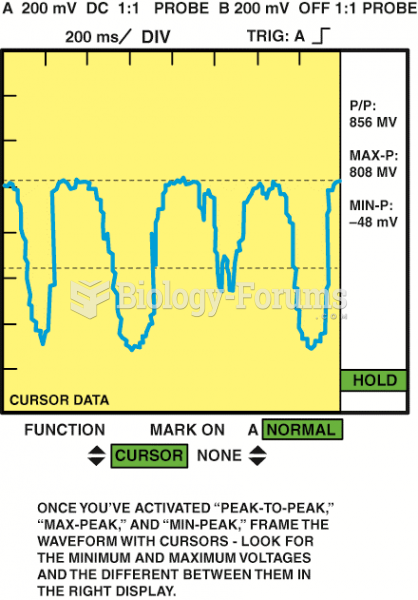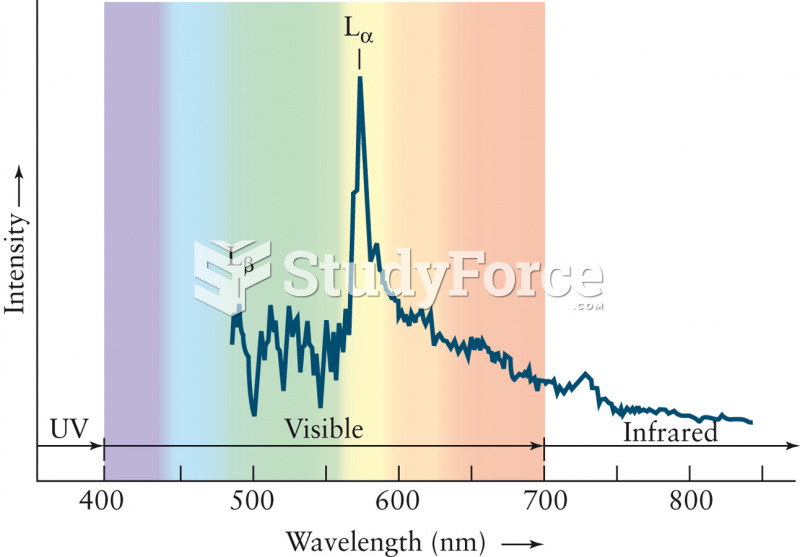|
|
|
Did you know?
Most fungi that pathogenically affect humans live in soil. If a person is not healthy, has an open wound, or is immunocompromised, a fungal infection can be very aggressive.
Did you know?
Less than one of every three adults with high LDL cholesterol has the condition under control. Only 48.1% with the condition are being treated for it.
Did you know?
According to the Migraine Research Foundation, migraines are the third most prevalent illness in the world. Women are most affected (18%), followed by children of both sexes (10%), and men (6%).
Did you know?
In the United States, there is a birth every 8 seconds, according to the U.S. Census Bureau's Population Clock.
Did you know?
There are more nerve cells in one human brain than there are stars in the Milky Way.
 The high-voltage disconnect switch is in the trunk area on a Toyota Prius. High-voltage lineman’s ...
The high-voltage disconnect switch is in the trunk area on a Toyota Prius. High-voltage lineman’s ...
 Using the cursors on the oscilloscope, the high- and low-oxygen sensor values can be displayed on ...
Using the cursors on the oscilloscope, the high- and low-oxygen sensor values can be displayed on ...





